
Animation is a filmmaking technique by which still images are manipulated to create moving images. In traditional animation, images are drawn or painted by hand on transparent celluloid sheets (cels) to be photographed and exhibited on film. Animation has been recognized as an artistic medium, specifically within the entertainment industry. Many animations are computer animations made with computer-generated imagery (CGI). Stop motion animation, in particular claymation, has continued to exist alongside these other forms.

Computer animation is the process used for digitally generating moving images. The more general term computer-generated imagery (CGI) encompasses both still images and moving images, while computer animation only refers to moving images. Modern computer animation usually uses 3D computer graphics.

The Ren & Stimpy Show, commonly referred to as simply Ren & Stimpy, is an American comedy animated television series created by Canadian animator John Kricfalusi for Nickelodeon. Originally produced by Spümcø, the series aired on Nickelodeon from August 11, 1991, to December 16, 1995 with it’s last episode airing on MTV on October 20, 1996, spanning for a total of five seasons and 52 episodes. The series follows the misadventures of Ren Höek, an emotionally unstable and psychopathic chihuahua dog; and Stimpy, a good-natured and dimwitted Manx cat. It is the third cartoon to be aired of the original three Nickelodeon animated series known as "Nicktoons", alongside Doug and Rugrats, and is considered to be one of the progenitor series of the brand.
Modern animation in the United States from the late 1980s to the early 2000s is frequently referred to as the renaissance age of American animation. During this period, many large American entertainment companies reformed and reinvigorated their animation departments, following the dark age, and the United States had an overall profound effect on animation globally.

Thomas James Kenny is an American actor and comedian. Since 1999, he has voiced the titular character in SpongeBob SquarePants and associated media. Kenny has voiced many other characters, including Heffer Wolfe in Rocko's Modern Life, the Ice King in Adventure Time and its spinoff Fionna and Cake, the Narrator and Mayor in The Powerpuff Girls, Carl Chryniszzswics in Johnny Bravo, Dog in CatDog, Hank and Jeremy in Talking Tom and Friends, The Penguin in various animated media based on DC Comics, and Spyro from the Spyro video game series. His live action work includes the comedy variety shows The Edge and Mr. Show. Kenny's accolades include two Daytime Emmy Awards and two Annie Awards for his voice work as SpongeBob SquarePants and the Ice King. He is married to fellow voice artist Jill Talley, who plays Karen on SpongeBob SquarePants, with two children.
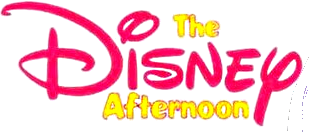
The Disney Afternoon, sometimes abbreviated as TDA, was a created-for-syndication two-hour programming block of animated television series. It was produced by Walt Disney Television Animation and distributed through its syndication affiliate Buena Vista Television. Each show from the block has aired reruns on Disney Channel and Toon Disney. Disney Channel reaired four shows on "Block Party," a two-hour block that aired on weekdays in the late afternoon/early evening.
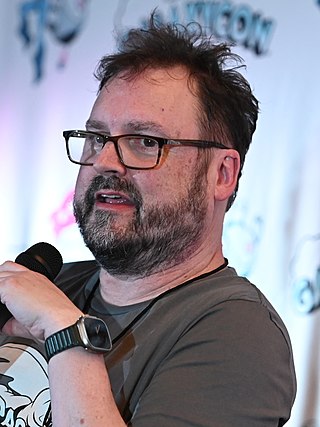
Andy Merrill is an American voice actor best known for his portrayal of the character Brak on Space Ghost Coast to Coast, The Brak Show and Cartoon Planet; as well as Oglethorpe on Aqua Teen Hunger Force.
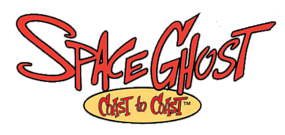
Space Ghost Coast to Coast is an American adult animation created by Mike Lazzo for Cartoon Network and first broadcast in 1994. It takes the form of a surreal parody of talk shows, hosted by a reimagined version of the 1960s Hanna-Barbera cartoon character Space Ghost. It incorporates surrealism and non-sequitur humor.

Liquid Television is an animation showcase that appeared on MTV from 1991 to 1995. It has served as the launching point for several high-profile original cartoons, including Beavis and Butt-Head and Æon Flux. The bulk of Liquid Television's material was created by independent animators and artists specially for the show, and some previously produced segments were compiled from festivals such as Spike and Mike's Festival of Animation.
Sony Pictures Animation Inc. is an American animation studio owned by Sony Entertainment's Sony Pictures Entertainment through their Motion Picture Group division and founded on May 9, 2002. Most of the studio's films are distributed worldwide by Sony Pictures Releasing under their Columbia Pictures label, while direct-to-video releases are released by Sony Pictures Home Entertainment.
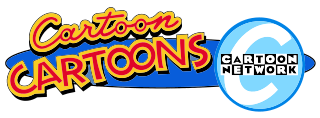
Cartoon Cartoons is a collective name used by Cartoon Network for their original animated television series originally aired from April 28, 1996, to November 8, 2009, and produced in majority by Hanna-Barbera and/or Cartoon Network Studios. The collective name includes the Cartoon Network original series What a Cartoon!, Dexter's Laboratory, Johnny Bravo, Cow and Chicken, I Am Weasel, The Powerpuff Girls, Ed, Edd n Eddy, Mike, Lu & Og, Courage the Cowardly Dog, Sheep in the Big City, Time Squad, Grim & Evil, Whatever Happened to... Robot Jones?, Codename: Kids Next Door, The Grim Adventures of Billy & Mandy, and Evil Con Carne.
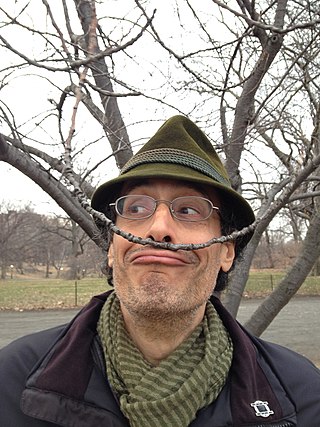
John Russell Dilworth is an American animator, actor, writer, director, storyboard artist, producer and the creator of the animated television series Courage the Cowardly Dog. His work has mainly appeared on PBS, CBS, Showtime, HBO, Fox, ABC, NBC, Arte, CBC Television, YTV, Teletoon, BBC Two, Cartoon Network, Nickelodeon, Comedy Central and MTV, among others.
Curious Pictures was an American animation studio and multi-media company that was primarily based in New York City that produced television programs, commercials, animation and video games. The company is known for its flagship work such as the preschool television series A Little Curious for HBO, Little Einsteins for Disney Junior and Team Umizoomi for Nick Jr. Other well-known works include Sheep in the Big City and Codename: Kids Next Door for Cartoon Network.

John Stevenson is a British animator, film director and puppeteer with over 40 years of experience in animation.
Colossal Pictures was an American entertainment company that developed and produced television programming, advertising, network branding, and visual effects. Colossal's work has won every major industry award, from the Clio, Emmy, and Grammy Awards to the Cannes Gold Lion and Academy of Interactive Arts & Sciences Top Honor.

Cartoon Hangover is a Frederator internet television channel and adult animation division, part of the YouTube Original Channel Initiative, launched in February 2012.

Universal Animation Studios LLC is an American animation studio and a division of Universal Pictures, which is a subsidiary of NBCUniversal, which is owned by Comcast. It has produced direct-to-video sequels to Universal-released feature films, such as The Land Before Time, An American Tail, Balto, and Curious George, as well as other films and television series.
Cartoon Network is an American basic cable and satellite television channel that is part of The Cartoon Network, Inc. unit of the Warner Bros. Discovery Networks division of Warner Bros. Discovery which primarily focuses on animated programs.
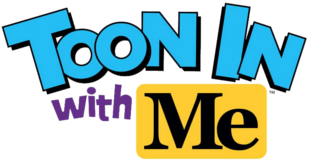
Toon In with Me is an American live-action/animated anthology television series created by Neal Sabin for MeTV and MeTV Plus. A special preview episode aired on January 1, 2021, with the main series officially debuting on January 4, 2021.














